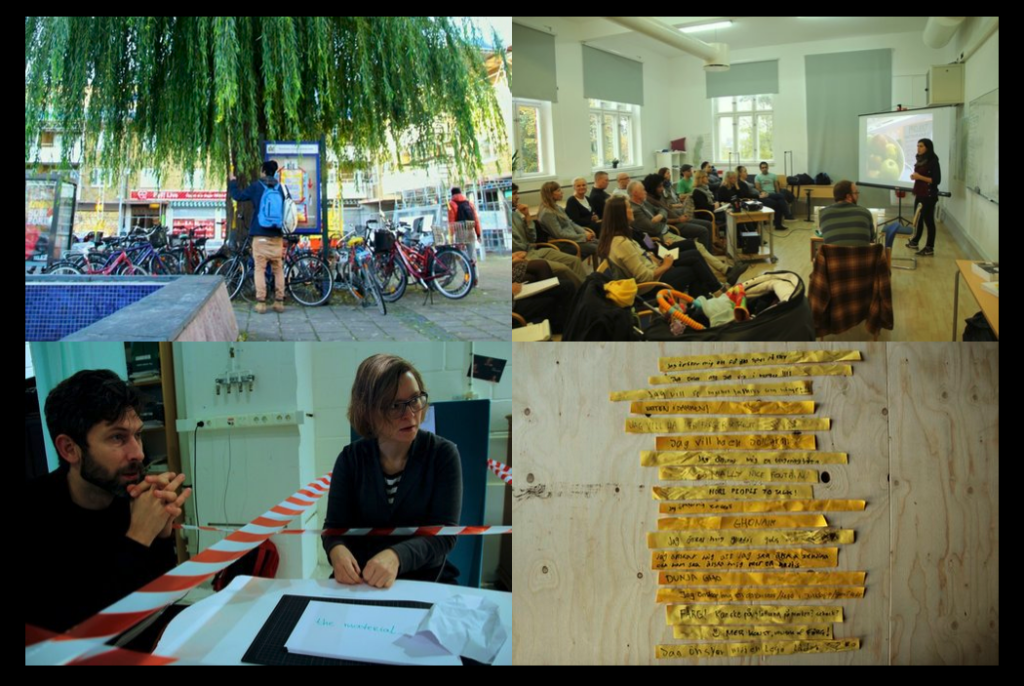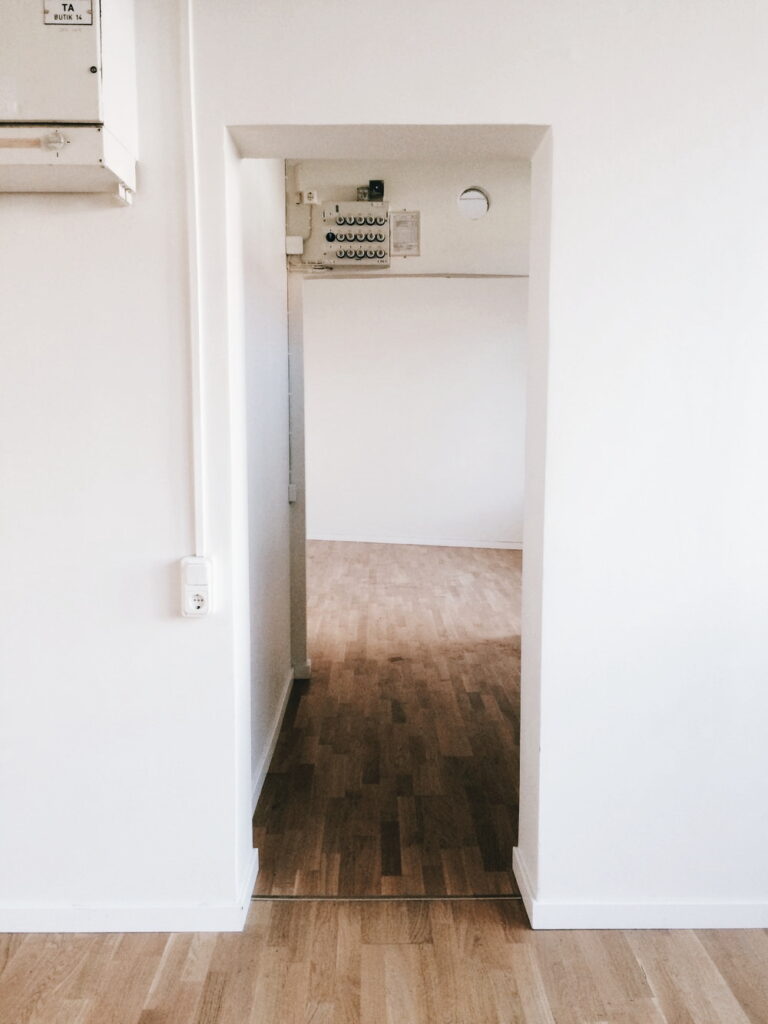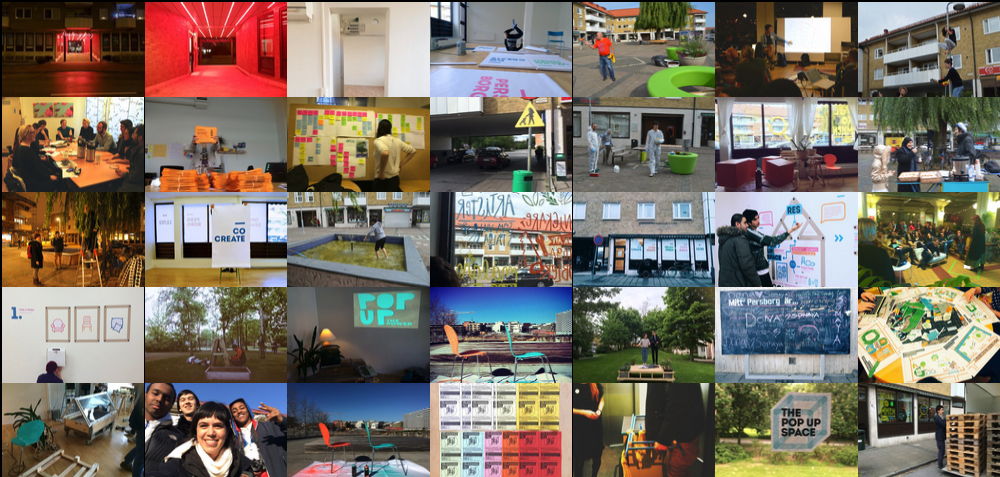HOW DOES
CO-CREATION
LOOK LIKE?
Between January and October 2015 we were commissioned by the Malmö Innovation Arena (formerly Malmö Innovation Platform), a conglomeration of municipal departments, private companies and NGOs to develop a co-creation methodology for shared spaces. The location for developing this methodology was Persborg, a neighbourhood in Malmö in need of revitalisation.
““Malmö’s crowd-sourced living room aims to break down walls between communities and power, harking back hundreds of years to a time when squares, piazzas and market places fostered community and nurtured civic debate” ”
— The Guardian
The Meeting Point
Analysing the main meeting point of the neighbourhood (in this case, the neighbourhood square)
- The Pop Up Space
Creating a temporary work space which was a central reference point for all the actors and target groups - The Storytelling
Communicating the project using different channels to the target groups, partners, media outlets and other partners - Tools
Testing and developing tools for others to use (installations, workshops, data collection methods and more

Four questions guiding the project:
- Interdisciplinary Work: How can urbanisation processes adopt an interdisciplinary approach to developing solutions?
- The Third Actor: What kind of actor is needed to complement municipalities and private companies when they co-creation processes and participatory design?
- The Trend: Why is the answer to urbanisation (50% of the world population living in cities by 2050) co-creation and participatory citizenship?
- The Trend: Why is the answer to urbanisation (50% of the world population living in cities by 2050) co-creation and participatory citizenship?

RESULTS AND LEARNING
Case study
The project became a focal case study for the city of Malmô (namely the Streets Department) to adapt and alter protocols and decision-making processes and the upcoming city strategy for citizen participation.
Co-ownership
At the peak of the process, 30% of the local residents were engaged in the project in different capacities (from actively taking part in surveys and questionnaires to hands-on workshops and participation in the design process.)
Flexible urban environments
The results showed an increasing need for flexible planning to re-design cities that can be responsive to the needs of the users and can easily re-adapt to newer needs and upcoming generations of citizens.

